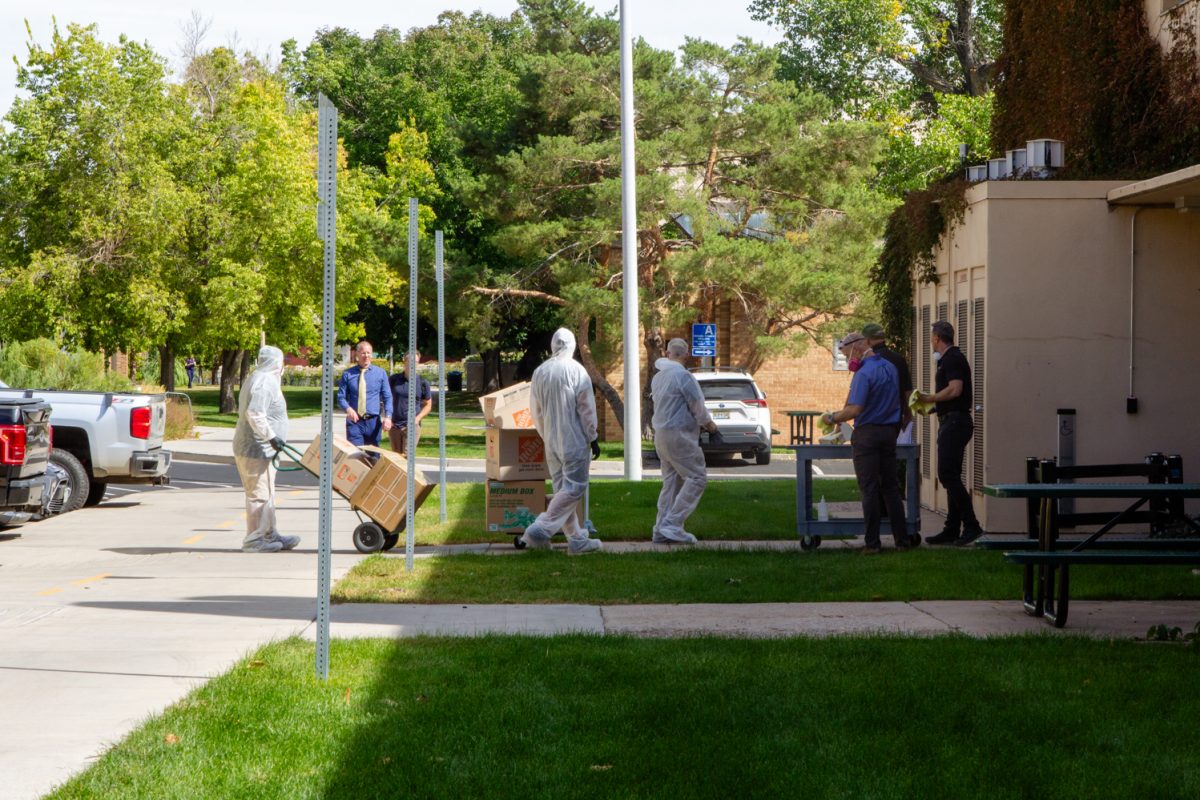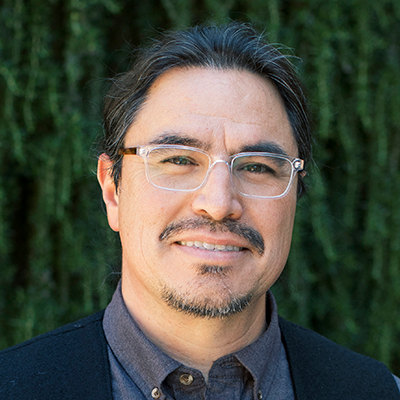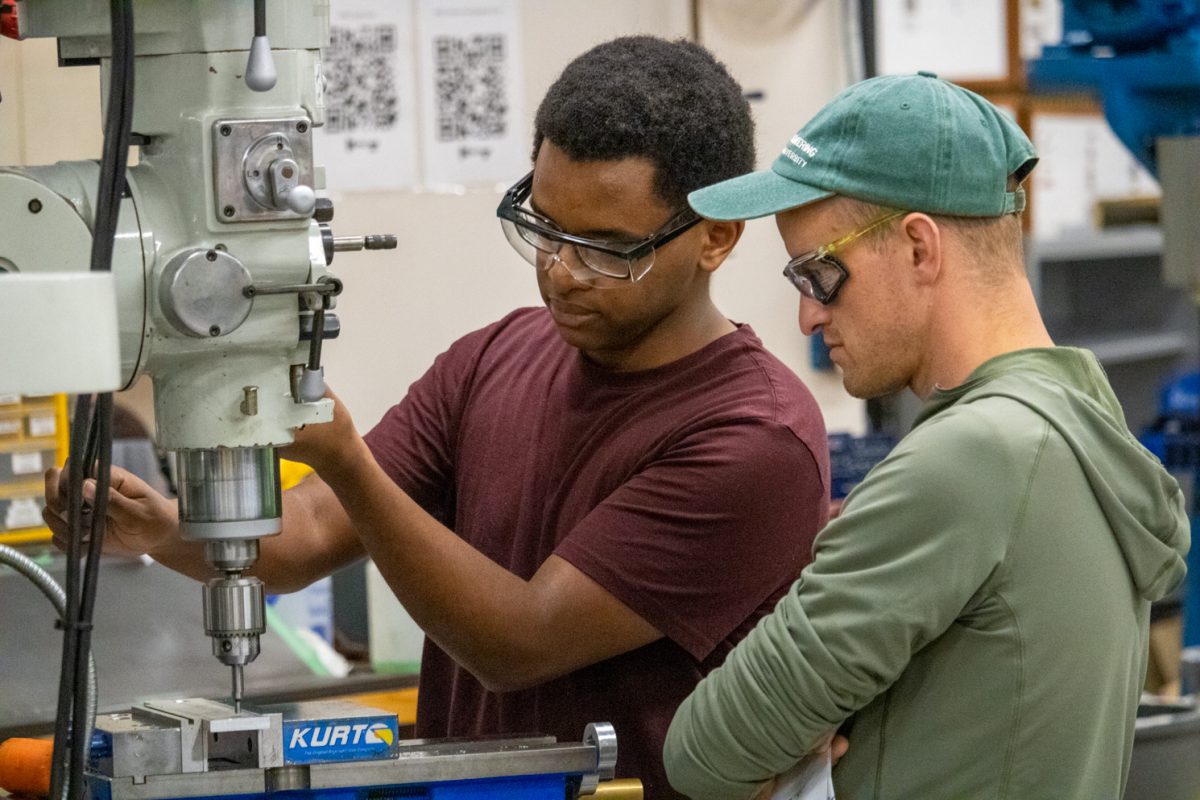Students and staff in the Physiology Building at Colorado State University have experienced respiratory and eye irritation symptoms since early summer, which has significantly slowed research. While the university has hired a third party, Gallagher Bassett, to investigate, frustration continues to mount as many feel the response to these urgent concerns has been too slow.
Tara Nordgren, associate professor in CSU’s environmental and radiological health sciences department, has been operating her lab and office in the building since September 2021. Nordgren first learned about the issue July 1, when her lab was told by the university that equipment wasn’t allowed to be removed due to several individuals filing worker’s compensation complaints.
Although numerous labs in the building ceased operations July 1, the building remained open to the public until Sept. 13.
Gallagher Bassett is conducting an investigation in the building to determine the cause of the reported symptoms. They are working alongside Chemistry & Industrial Hygiene, Inc., which is testing for mold and other potential hazards.
“Gallagher Bassett focuses on the well-being of all our claimants and sets best practices for industry standards as it relates to filing claims and other business operations,” said Jennifer Marshall, media relations director at Gallagher. “We do not comment on specific claims or clients.”
Nordgren said approximately 70% of people working in her lab have also experienced symptoms, which range from eye irritation to respiratory symptoms.
“I had pretty substantial pain in my eyes (and) blurriness to the point where I had double vision in my left eye for over a day,” Nordgren said. “My symptoms resolved as I stopped working in the building.”
Katriana Popichak, assistant professor in CSU’s microbiology, immunology and pathology department, has also experienced symptoms from working in the building.
“I experienced recurring headaches,” Popichak said. “I kept waking up in the middle of the night coughing because my throat was irritated. I had to get throat-numbing spray.”
Similar to Nordgren’s situation, when Popichak stopped working in the building, her symptoms resolved. The implications of this situation extend beyond health concerns.
“My lab is operating at 20% capacity,” Nordgren said. “We have equipment that is specific to our research that we can’t access because the building is closed.”
This has greatly impeded research progress and impacted graduate students who are struggling to finish their projects on schedule. The stagnation in research also postpones their ability to apply for and secure grants, complicating their academic paths even further.
“This issue has severely limited what I can do,” Ph.D. student Alissa Threatt said. “We were allowed some equipment out of the Physiology Building about two months ago, but now we’ve exhausted those materials. We are constantly having to wait to reorder things that we would otherwise have access to.”
While the environmental health and radiological sciences department is providing a fund to purchase some supplies, there’s only so much they can do on their own.
“We need the people who have the authority to put us into a new lab space to get renovations done, to push for a better response (and) to be there for us,” Threatt said.
Many staff and students reported that the university responded with resistance, and there is a general lack of awareness regarding the issue among students and staff.
“Several people had to file worker’s compensation complaints to get the university to take the situation seriously,” Nordgren said.
People began reporting symptoms as early as mid-May, so the closure of the building in September is seen as a delayed response by those most impacted by the situation.
“I wanted the university to take immediate action and hire a third party much sooner,” Threatt said. “These investigations can take a really long time. As a lab, we are in limbo, and when people are getting sick unaware of the cause, that also impacts their care and their prognosis.”
In response to the incidents, the university provided a statement to The Collegian.
“Over the last several months, the university has tested 37 samples and enlisted a third party for additional testing,” the statement reads. “Results to date have not identified findings outside of normal range. … Due to reduced activity and foot traffic in the building, access has been limited to those with key cards.”
Now that a third party has been hired to investigate the root cause of the problem, there is hope that the causative agent will be found, the issue will be resolved and the labs displaced from the building can be moved to a new space to continue research progress.
“I don’t think we should congratulate someone for meeting standards,” Ph.D. student Logan Dean said. “If employees are getting sick at work, it reflects on management. It’s their responsibility to ensure a healthy environment.”
Nordgren said she hopes the investigation into the issue will yield results and allow operations to resume.
“I hope they can identify the cause of these issues,” Nordgren said. “It would be incredibly validating to know what’s making us sick. Ultimately, it will be a financial decision for the university whether they choose to mitigate the problems in the building or decide to tear it down.”
Reach Paige Gruber at science@collegian.com or on Twitter @CSUCollegian.










T. Sean Tickle • Sep 26, 2024 at 4:28 am
Maybe its asbestos that sounds like it could be. Its an old building and it something was disturbed or new construction could make it active
Katherine Shirley • Sep 25, 2024 at 11:56 am
Our daughter is one of the graduate students who has experienced many of these unexplained health issues linked to exposure in the Physiology building since mid summer. Unfortunately, the university has been unhelpful and seems to be dismissing her concerns. We hope this article helps shed light on these issues and encourages proper action from the university.
Tara Nordgren • Oct 4, 2024 at 9:40 am
I’m so sorry this is happening, and will continue to do all I can to bring attention to the issue and advocate for everyone impacted.